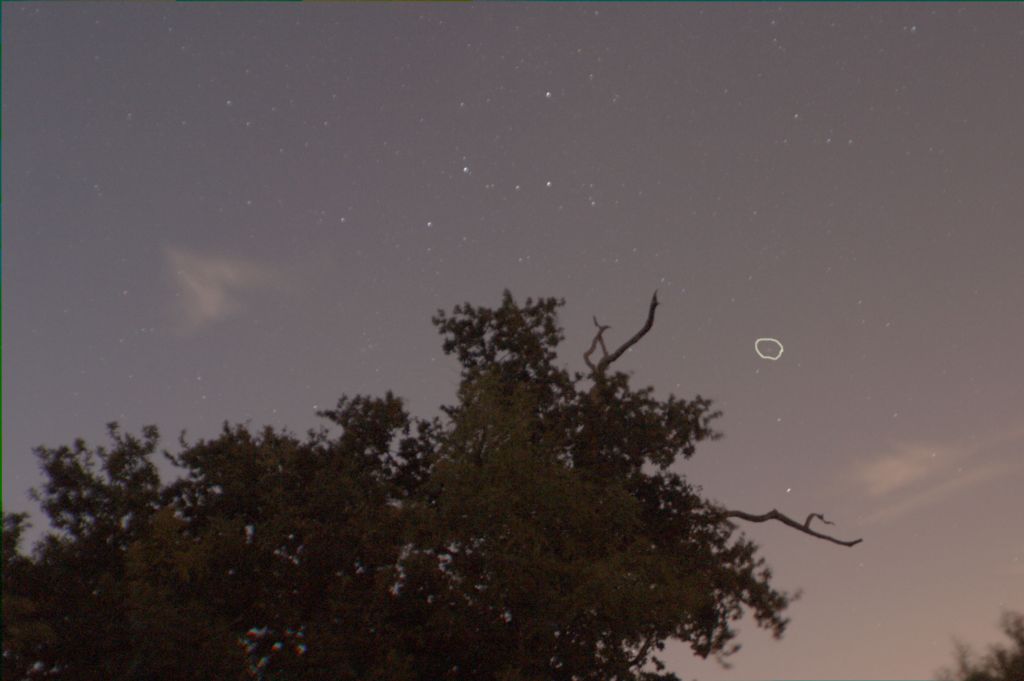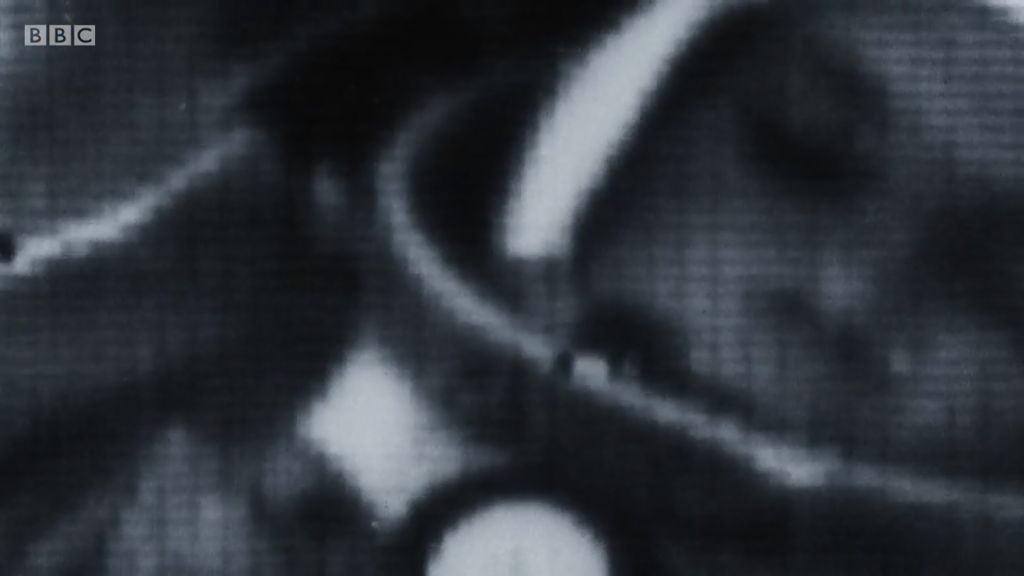Neil
Its not so much the quantum efficiency per se more the ability to get enough electrons out in one lump not to be lost in the noise. SPAD systems have to reject most of the incoming light to function at all.
These days we take transfer efficiency pretty much for granted but the first CCD device I played at "imaging" with was a 100 element linear array made by GEC Hirst Research Centre with aluminium surface electrodes (opaque!) and a transfer efficiency of 99.9 % or so on a good day. With only about 10 or 15 % of the silicon surface exposed to incoming light and a spectacular image brightness slope due to transfer losses getting anything resembling an image out was challenging. Actaully demonstrating that it could be used for something was a minor miracle.
Tracking the rapid changes of CCD development as the devices went from lab curiosity to useful to who needs a plumbicon over less than a decade was interesting. In comparison CMOS sensors were decent from the get-go.
Single photon range finding with avalanche detectors is interesting but much more involved than casual descriptions suggest. I spent several years playing with the concept and demonstrating what could be done with affordable equipment. Back then the SPAD array was the holy grail device. I never saw one but it was always pretty clear that most of the folk wittering on about how wonderful they would be had no experience of actually using SPAD detectors in anything approaching imaging or range finding. In particular range gating is a major issue as is saturation. Proposals to use such devices as part of self driving car sensor suits worry me to the extent that if one comes down my street I'm going to be getting just as far away as I can.
Clive
 Michael Gilligan.
Michael Gilligan.






